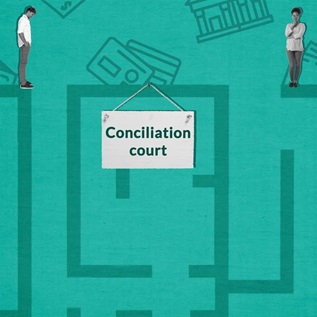Student Debt Class of 2008
QUICK SUMMARY
The Project on Student Debt's fourth annual report on the student loan debt of new college graduates. The analysis of the most recent available data found that student debt continued to rise even as it got harder for recent graduates to find jobs, and that debt levels vary considerably from state to state and college to college.
Student Debt and the Class of 2008 is our fourth annual report on the student loan debt of new college graduates. Our analysis of the most recent available data found that student debt continued to rise even as it got harder for recent graduates to find jobs, and that debt levels vary considerably from state to state and college to college.
Nationwide, average debt for graduating seniors with loans rose from $18,650 in 2004 to $23,200 in 2008, or about six percent per year. State averages for debt at graduation in 2008 ranged from highs near $30,000 to a low of $13,000. High-debt states are concentrated in the Northeast, while low-debt states are mostly in the West. At the college level, average debt varied even more, from $5,000 to $106,000. Col¬leges with higher tuition tend to have higher average debt, but there are many examples of high tuition and low average debt, and vice versa.
Meanwhile, employment prospects for young college graduates have soured along with the economy. The unemployment rate for college graduates aged 20-24 was a challenging 7.6% in the third quarter of 2008, the highest third quarter rate since 2002; by the third quarter of 2009 it had risen to 10.6%, the highest on record.1 The majority of the class of 2008 fell into this age group in both years.2
A companion online map with details for all 50 states, the District of Columbia, and nearly two thousand four-year public and nonprofit colleges is available at http://projectonstudentdebt.org/state_by_state-data.php.
National Student Debt Trends
For national trends, the best available source of data on student debt is the National Postsecondary Student Aid Study (NPSAS), a federal survey conducted every four years with a nationally representative sample of college students. The most recent survey was conducted in academic year 2007-08 and released in 2009. NPSAS data show that for the past few years, around two-thirds of students graduating from four-year colleges had student loan debt. The average amount these students owe has grown about six percent per year since 2003-04, reaching $23,200 for the class of 2008. For comparison, in 1996, only 58 percent of students graduated with debt, and they owed an average of $13,200.3











